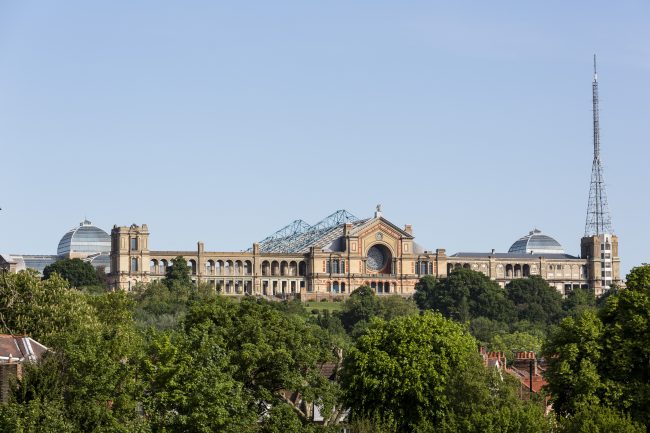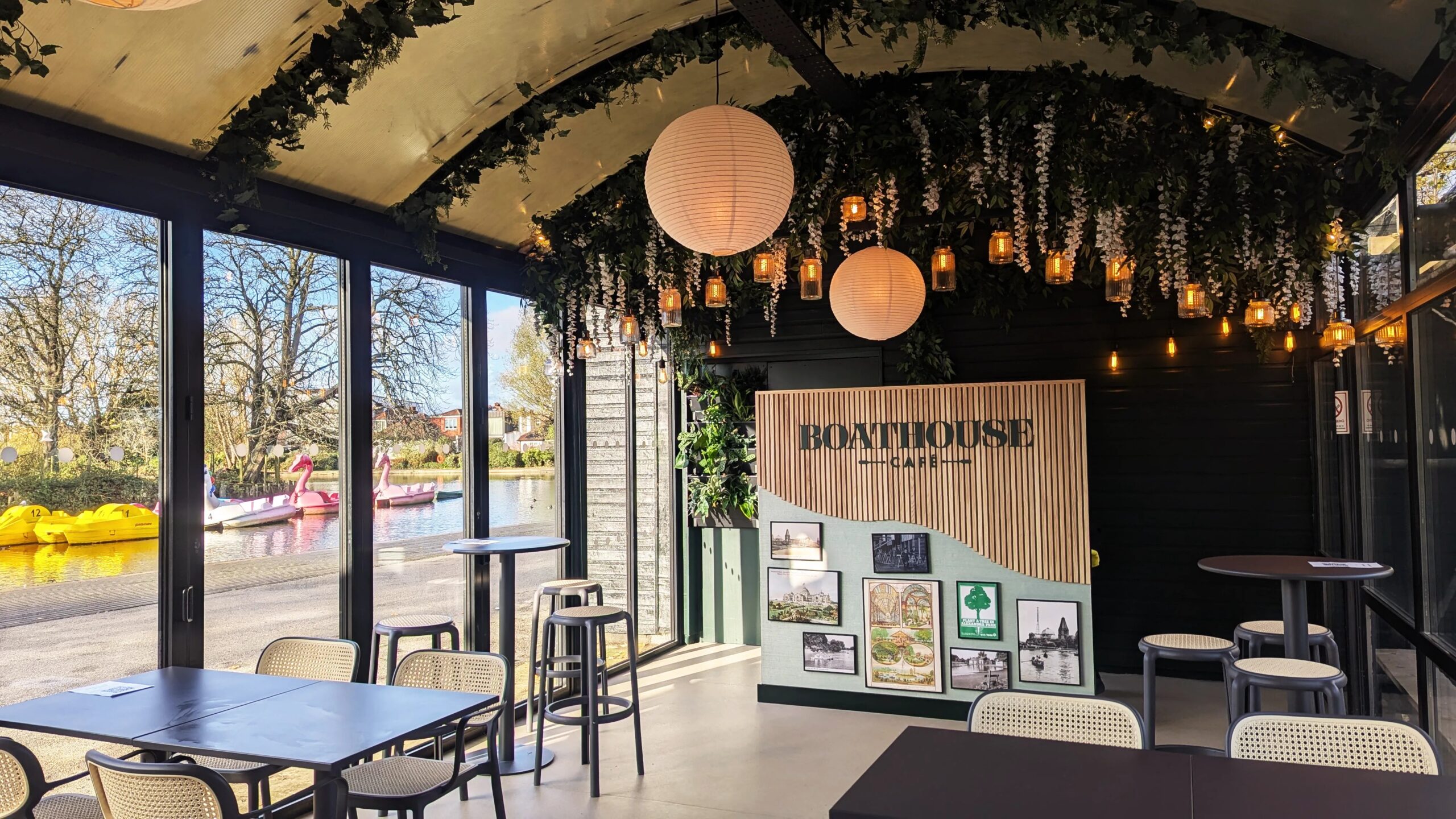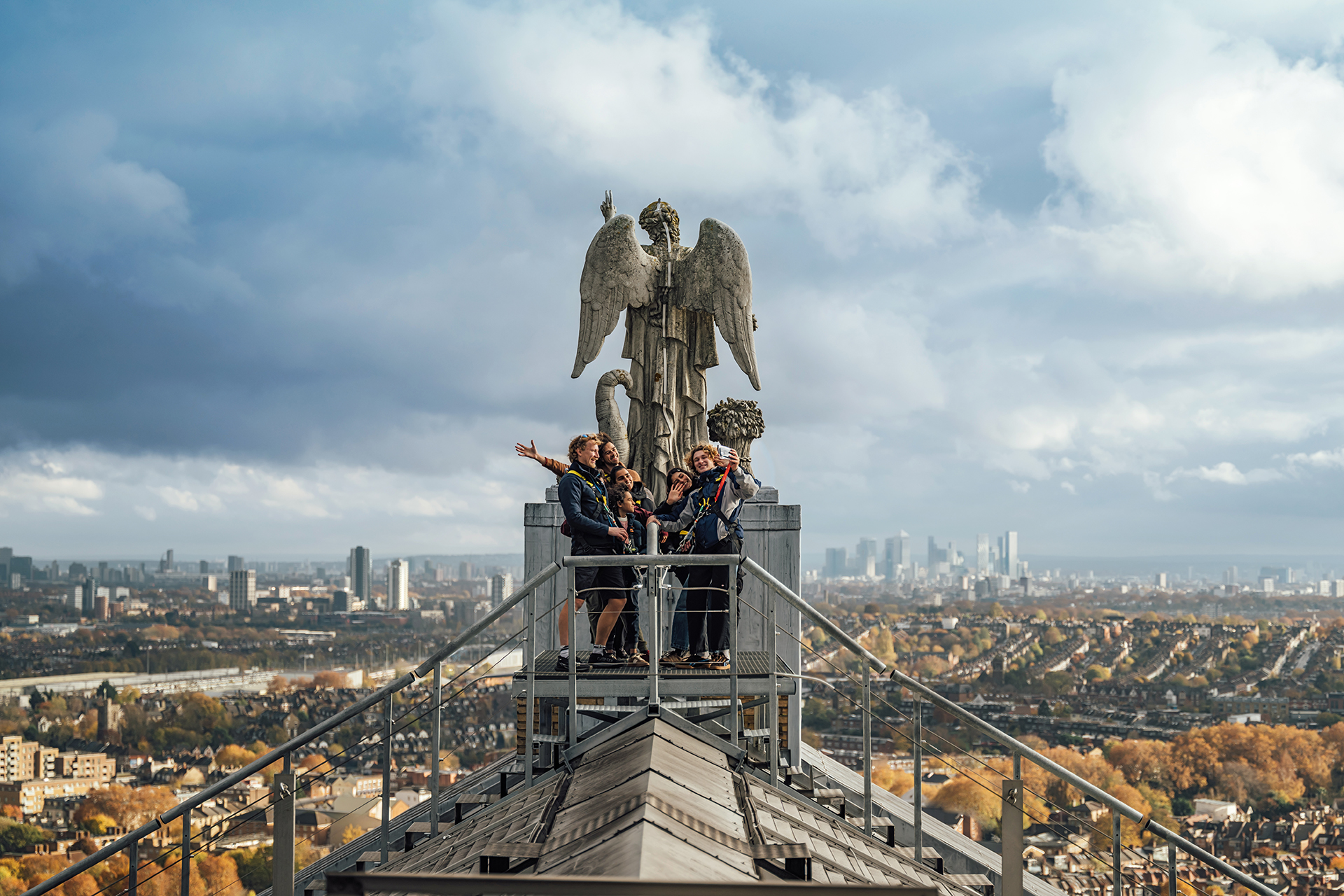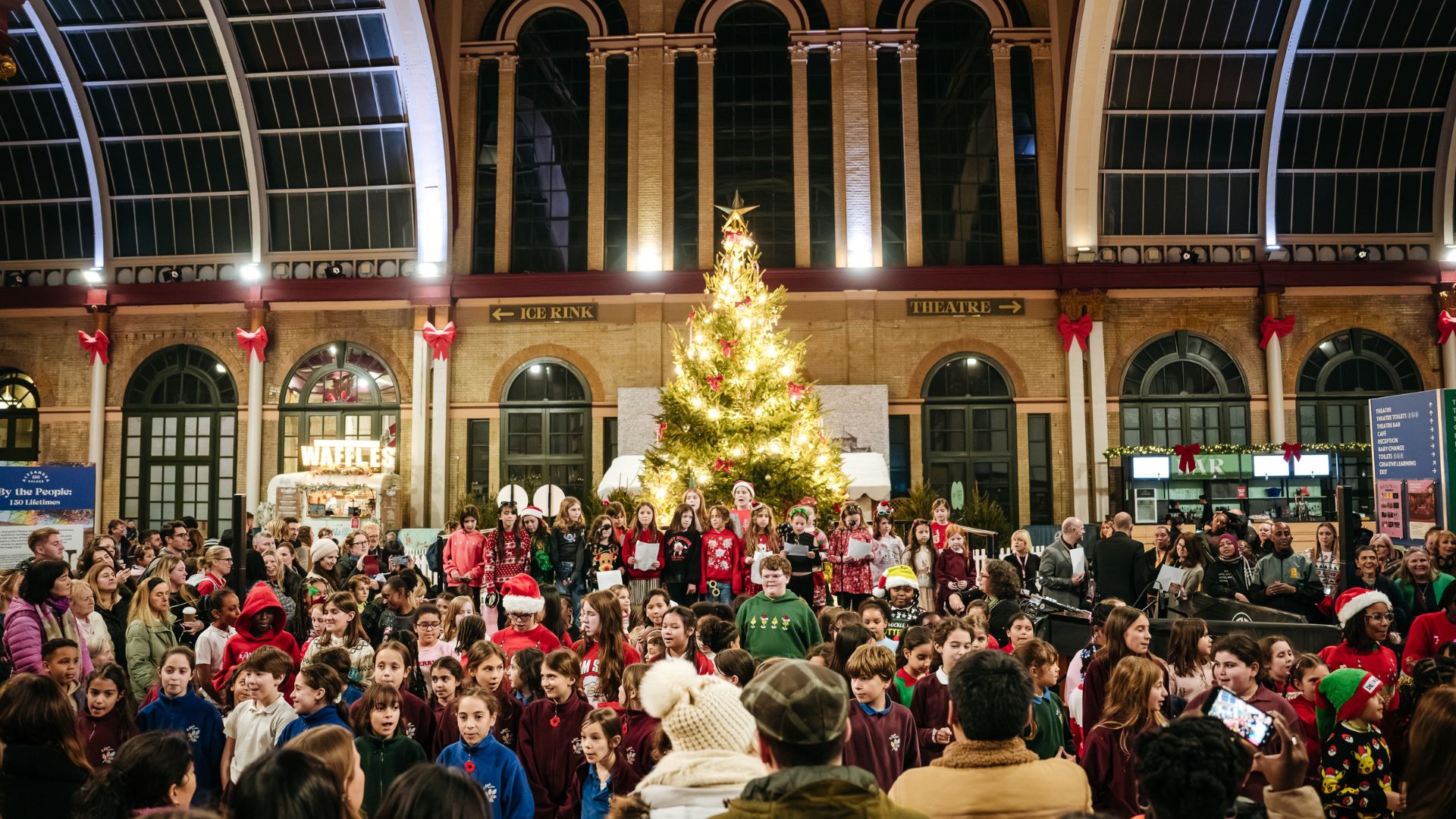Mark Evison is the Park Manager at Alexandra Palace. In this blog he sheds more light on looking after our trees:
It is a privilege to care for the Park’s 7,500 trees. The layered history of the site has given us a diverse stock, from 200-year-old hedgerow oaks to exotic redwoods and from majestic London planes to flowering cherries. Some are great for wildlife, some are visually interesting and other are just weeds! The landscape includes wooded areas with full canopy and scrubby areas with smaller trees that are important for migrating birds.
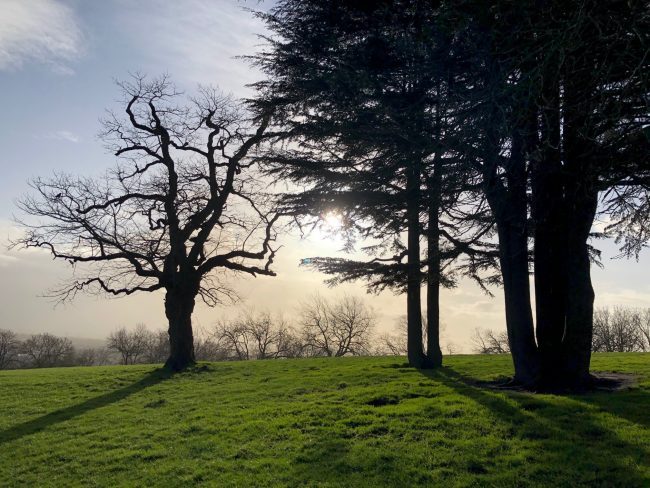
Our trees face many challenges, the natural processes of decay and decline, the impacts of storms, increased rainfall and drought. In addition, the number of pests and diseases faced by trees across the country is increasing. These include Oak processionary moth, oak decline, ash die back, chestnut cankers and leaf miners, Massaria disease of plane, to name but a few. Because of this we work with experts to continually manage the trees in the park.
The tree surveyor will consider the ‘target zone’, that is whether a tree is near a building or close to a pathway with lots of people passing by. In some cases the severity of the defect and the target zone mean that the risk is not acceptable and the surveyor will make a recommendation to fell a tree. It is not easy making the decision to fell a tree such as a 200-year-old oak. Luckily, I do not have to do it very often.
However, where there is space it is possible to take a different approach. The oak trees adjacent to the rose garden are a case in point. The recommendation was to commence pruning and reduction of the trees unless the target zone was controlled. So, a new fence was installed, plus an explanatory sign and these trees can now be left to grow old gracefully.
Nearby, the last tree in that row died and is now a rare example of standing dead wood. Dead wood is an important, but declining, habitat, so it is important to retain it where we can. It provides a home for all sorts of invertebrates and fungi.
The oak trees are just some of the many veteran oaks that pre-date the Park. They are set in straight lines and follow the hedgerows of the earlier dairy farm. In 2019, volunteers replanted oak saplings to follow the line of the old hedgerow to help retain this part of our heritage. This was part of a project funded by the Mayor’s Greener City Fund to gap-up avenues and plant new specimen trees around the site.
There are many other layers to the story of the trees in the park. Too many stories to tell here, but they range from 1980s planting opposite the Palm Court, to the new orchards planted in the Grove in 2013.
For now though, we hope you enjoy continue to enjoy the park, and of course all our trees, throughout the late autumn and winter.
